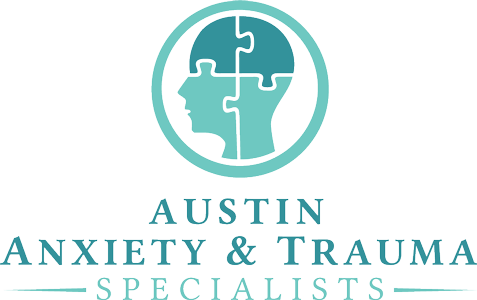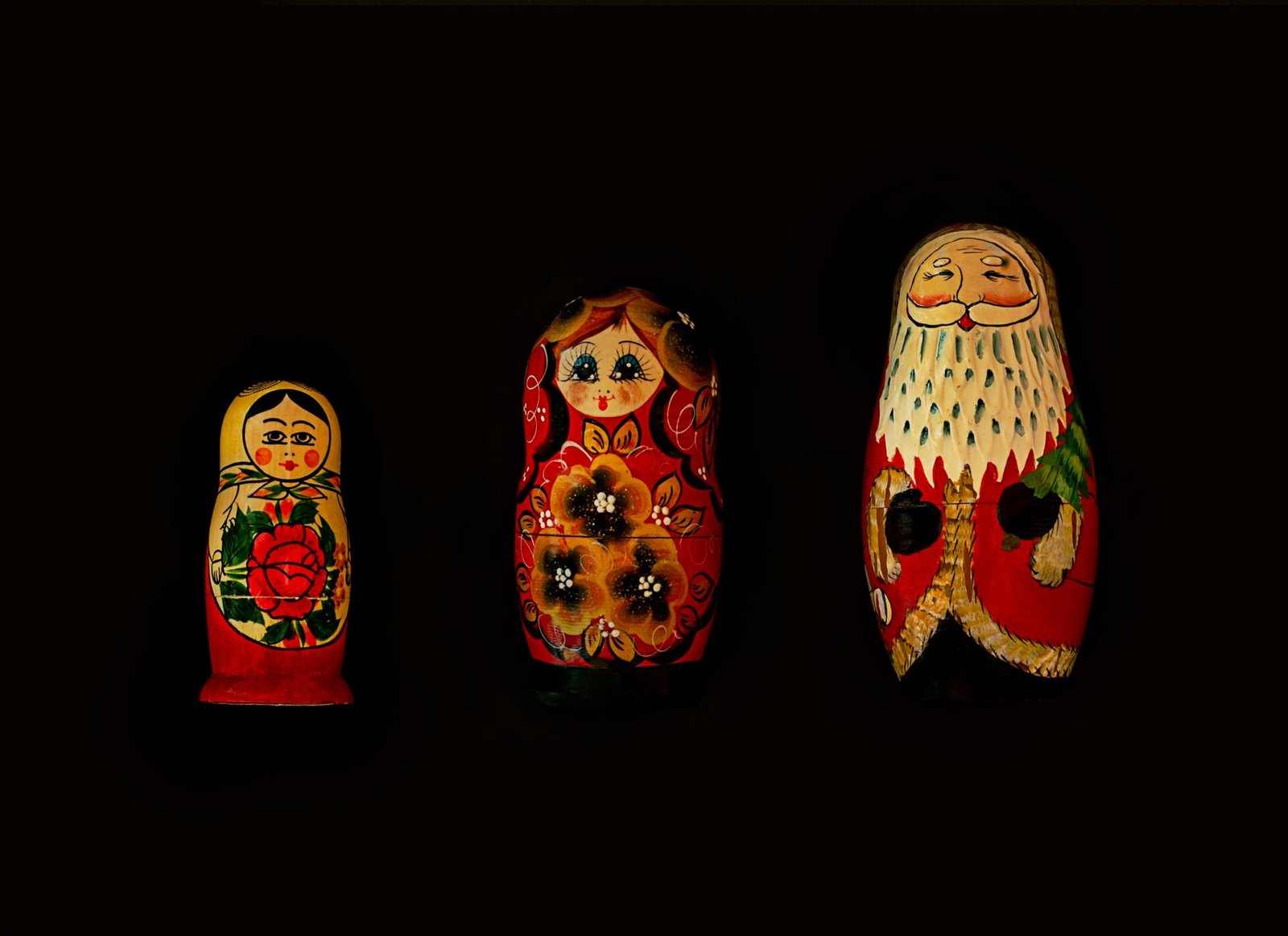Have you ever felt like you were carrying the weight of struggles that weren’t yours? You may have your own burdens to carry, but it just feels like there’s this added weight that your friends or colleagues don’t seem to share. But when you look at your family, you notice the same weight on their posture, their words or the way they interact with the world.
When older family members or ancestors go through deeply distressing or traumatic events, their emotional pain can ripple through generations.
Intergenerational trauma refers to trauma that is passed from a trauma survivor to their descendants—often without realizing. It can impact their children, grandchildren and beyond. As the trauma is passed down through learned emotional responses, relationships, beliefs and behaviors, the cycle continues.
In some families, there can be secrecy and silence around what happened, making it much more difficult to recognize. This type of trauma doesn’t always show up in obvious ways—it can manifest as an intense fear of instability, unexplained anxiety, difficulty trusting others or feeling disconnected from your own identity. These symptoms often mirror those of post-traumatic stress disorder (PTSD) or depression, even when you didn’t personally experience the traumatic event.
And they usually stem from significant, sometimes seemingly invisible, sources of trauma.
Keep reading: 4 Truths About Trauma Stranger Things 4 Gets Right
What Causes Intergenerational Trauma?
Big painful events and collective trauma such as slavery, colonization, genocide, and systemic oppression can leave lasting emotional and physiological wounds that directly affect a family’s behaviors, attachments styles and biology.
But these are not the only reasons trauma can be passed down. Studies have shown domestic violence, childhood abuse, and substance abuse and long-term financial hardship can also lead to intergenerational trauma. In these cases, many times the pain and coping mechanisms that were developed in one generation—like shutting down, lashing out or constantly being on high alert—are unknowingly passed on to the next.
This contributed directly to how intergenerational trauma can move through families. Children learn from their close family members, and if their caregivers are dealing with unresolved trauma they may unintentionally model unhealthy responses like emotional withdrawal, aggression, or hypervigilance. Because they don’t have other references, a child can absorb those behaviors as the “normal” way to be.
Research also suggests trauma could be passed down genetically too. While it doesn’t change the DNA itself, trauma can influence how some genes are on or off. This might explain why you’re more sensitive to stress or anxiety from a young age.
At first you may not feel like these behaviors stem from trauma, but intergeneration trauma can shape your world without you even realizing it.
Keep reading: What does “triggered” mean? 3 Trauma Myths Busted
Signs Of Intergenerational Trauma
Everyone experiences trauma differently, but studies have shown there are some common markers of intergenerational trauma that can manifest in your life.
You may feel:
- Persistent anxiety or a sense of danger, even in safe environments
- Difficulty trusting others or forming close relationships
- Low self-worth or chronic guilt and shame
- Emotional numbness or trouble expressing your feelings
- Confusion about personal or cultural identity
- The need to put others first at your own expense
- A demand to be perfect while being extremely critical of yourself
Once you begin to see these patterns for what they are, you can truly start healing.
Keep reading: 10 Signs You’re Living With Unresolved Trauma & How to Evict It
How To Heal Intergenerational Trauma
The first step towards healing is awareness—understanding where this trauma comes from and why. But healing isn’t about blaming previous generations—it’s about breaking the cycle. With compassion and the right support, it’s possible to put an end to the cycle so it does not continue on to future generations in your family.
Joining a community is another excellent way to start the journey towards healing. As you reconnect with others who have shared experiences, it can help you to feel less alone and more grounded. Cultural reconnection can also help, especially people from a diaspora, who may otherwise feel alienated or left-behind. Learning about your ancestry, participating in traditional practices, and joining supportive spaces can help restore your sense of identity and empowerment.
Often, it can feel daunting to reach out to others in your community or start conversations with your family on what’s happened. If you’re a parent, you might feel the daily pressure to break generational cycles for your children’s sake, all while carrying the weight of burnout or emotional exhaustion.
Therapy can help lighten that load. Working with a therapist who understands the impact of cultural and historical trauma can be deeply healing. Evidence-based treatments like Trauma Focused Cognitive Behavioral Therapy (TF-CBT) and Eye Movement Desensitization and Reprocessing (EMDR) can help you process unresolved trauma and find lasting relief, all with the guidance of a specialist who truly sees you.
It’s okay to ask for help.
If you find yourself stuck in recurring patterns of emotional pain, navigating strained relationships, or feeling consumed by unexplained anxiety or sadness—you’re not alone. Professional counseling from therapists experienced in treating trauma can transform your life through treatments tailored to your needs. Reach out to us today at Austin Anxiety & Trauma Specialists and we’ll match you with one of our trauma specialists who can help you in your journey to break the cycle. You don’t have to carry it all alone. We can help.






